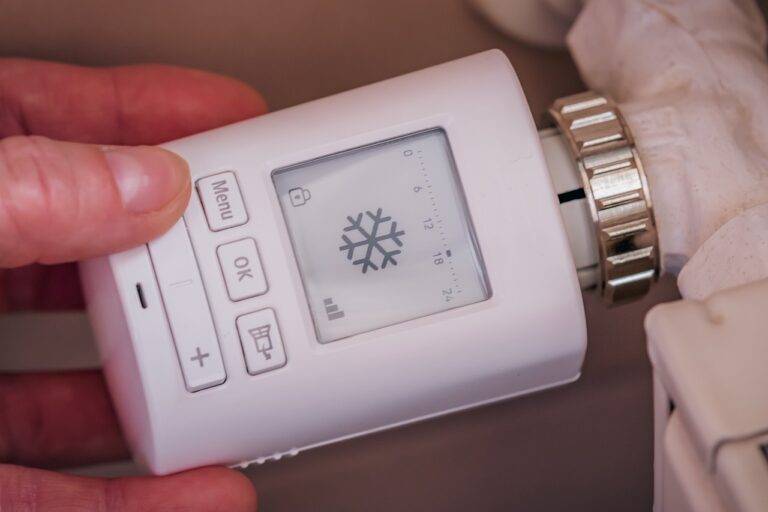Tech and Disaster Preparedness: Innovations and Best Practices
When it comes to emergency communication, having reliable and efficient tools in place is crucial for ensuring fast and effective response in times of crisis. One innovative tool that has been gaining traction in recent years is the use of mobile apps designed specifically for emergency situations. These apps can send out mass notifications to users in a targeted area, providing them with important information and instructions to keep them safe and informed during an emergency. By leveraging the widespread use of smartphones, these apps have the potential to reach a larger audience quickly, allowing for better coordination and response efforts.
Another cutting-edge tool that is revolutionizing emergency communication is the integration of social media platforms. Social media channels such as Twitter and Facebook have become valuable resources for disseminating real-time information during disasters. Emergency management agencies and organizations can utilize these platforms to share updates, alerts, and safety tips with the public, helping to keep people informed and connected during times of crisis. By harnessing the power of social media, emergency responders can reach a broader audience and foster a sense of community resilience in the face of adversity.
Advanced Monitoring Systems for Disaster Early Warning
Advanced monitoring systems play a crucial role in providing early warning signals for impending disasters. These systems utilize a combination of cutting-edge technologies such as satellite imaging, artificial intelligence, and data analytics to monitor various environmental factors. By continuously collecting and analyzing data, these systems can detect changes in conditions and issue timely alerts to authorities and communities at risk.
One key advantage of advanced monitoring systems is their ability to track subtle changes in the environment that may indicate an impending disaster. For example, these systems can detect changes in seismic activity, weather patterns, water levels, and other relevant parameters. By interpreting these data points in real-time, emergency responders can take proactive measures to mitigate the impact of disasters and save lives.
What are some examples of advanced monitoring systems for disaster early warning?
Some examples include seismic sensors, weather radars, satellite imagery, and early warning systems that can detect changes in natural phenomena.
How do these monitoring systems help in providing early warnings for disasters?
These systems help in detecting potential disasters such as earthquakes, tsunamis, hurricanes, and floods at an early stage, allowing authorities to issue timely warnings and evacuate people to safety.
Are these monitoring systems expensive to implement?
While some advanced monitoring systems can be costly to install and maintain, the benefits of early warning and disaster preparedness outweigh the initial investment.
Can these monitoring systems be integrated with existing emergency communication systems?
Yes, these monitoring systems can be integrated with emergency communication systems to ensure that warnings are disseminated quickly and effectively to the public and relevant authorities.
Are there any challenges in implementing advanced monitoring systems for disaster early warning?
Some challenges include technical limitations, funding constraints, and the need for trained personnel to operate and interpret data from these monitoring systems. Collaboration between different agencies and stakeholders is also crucial for successful implementation.





